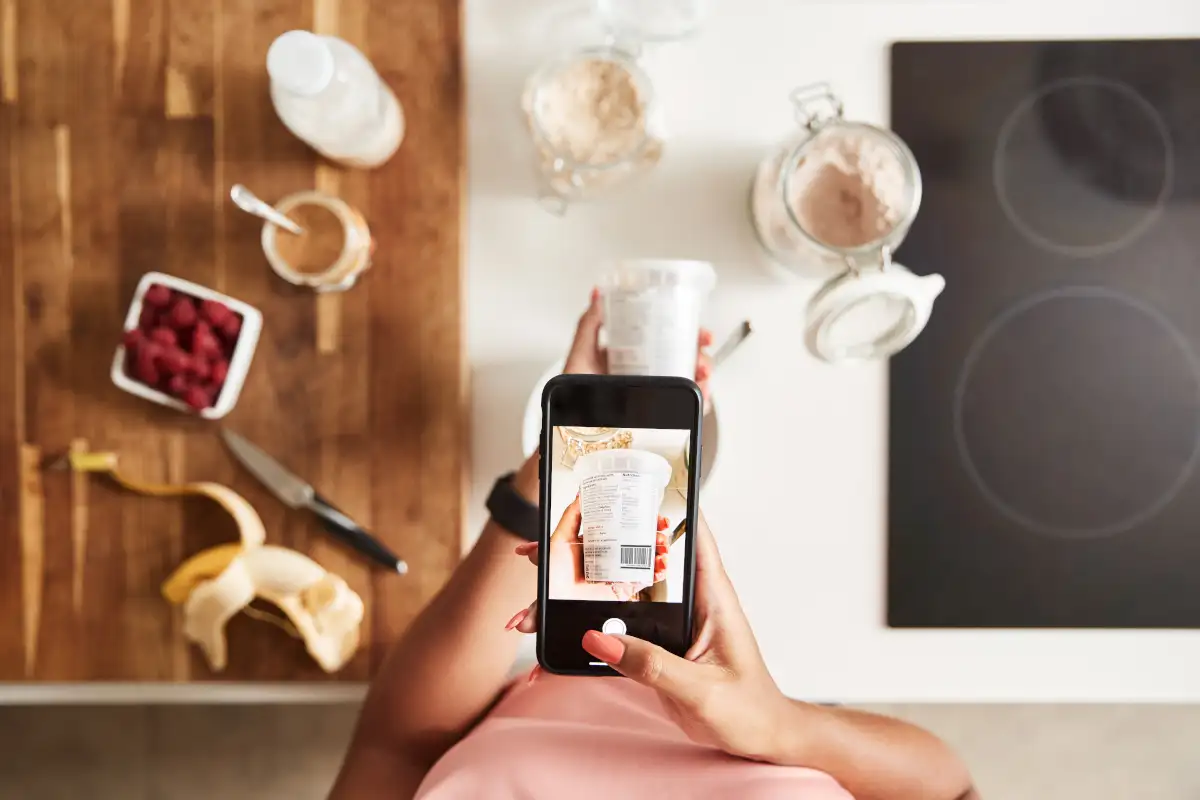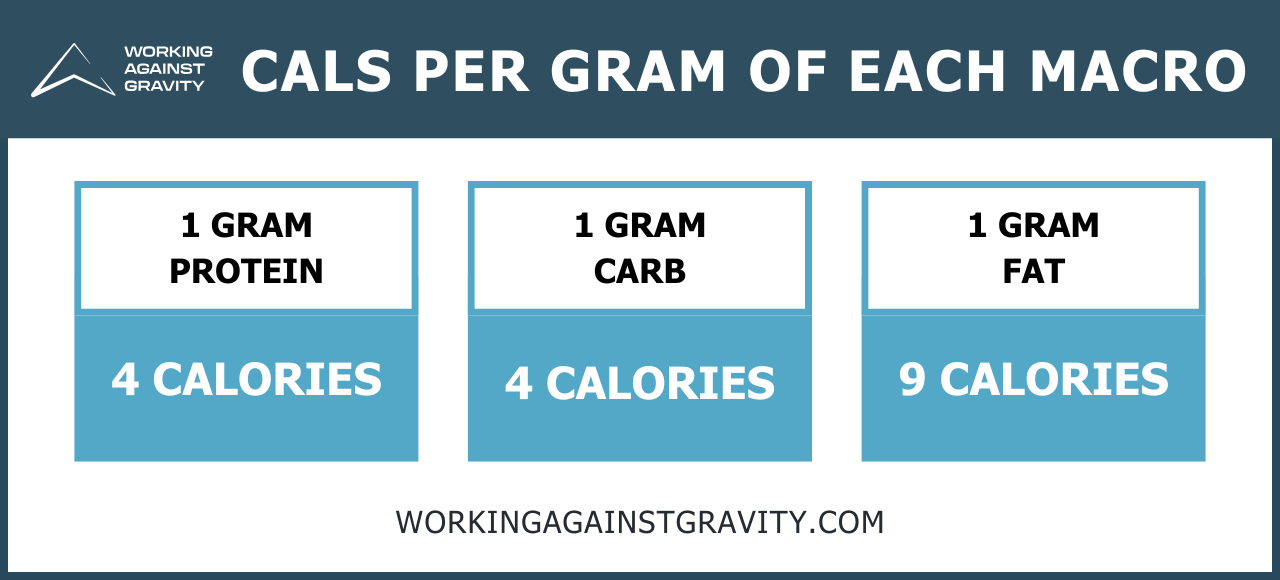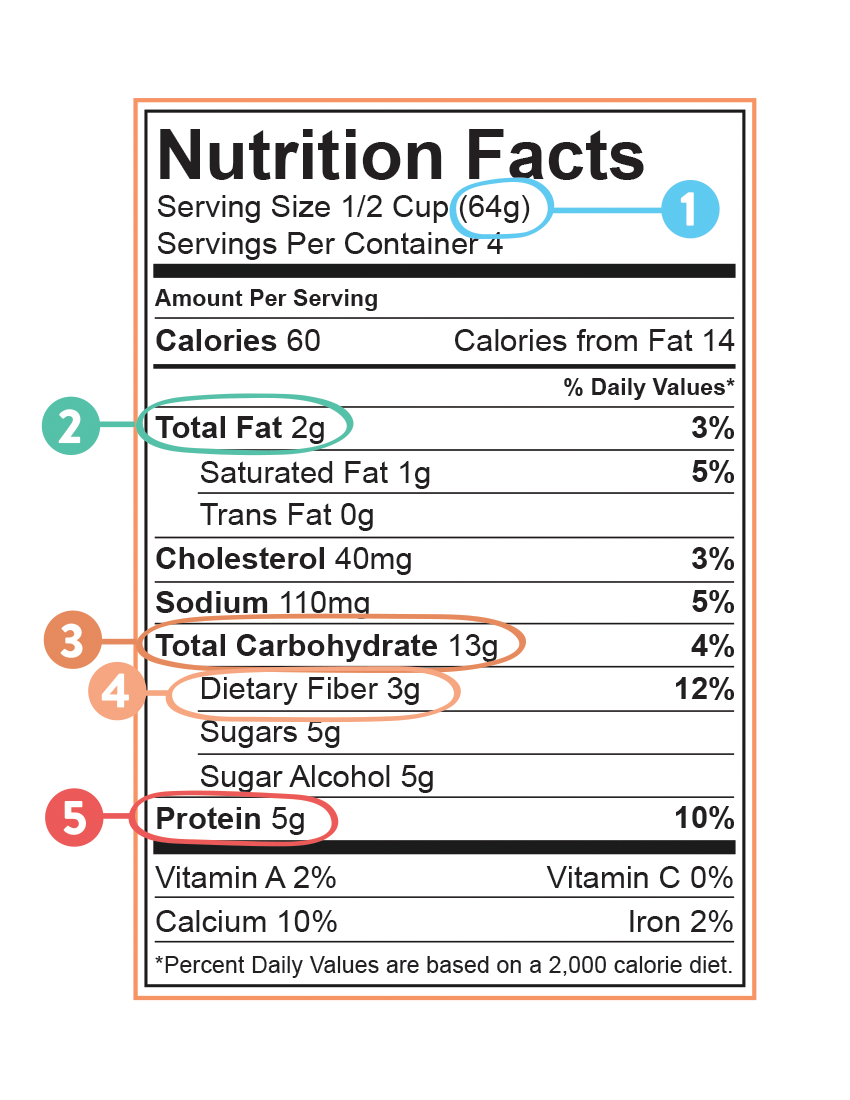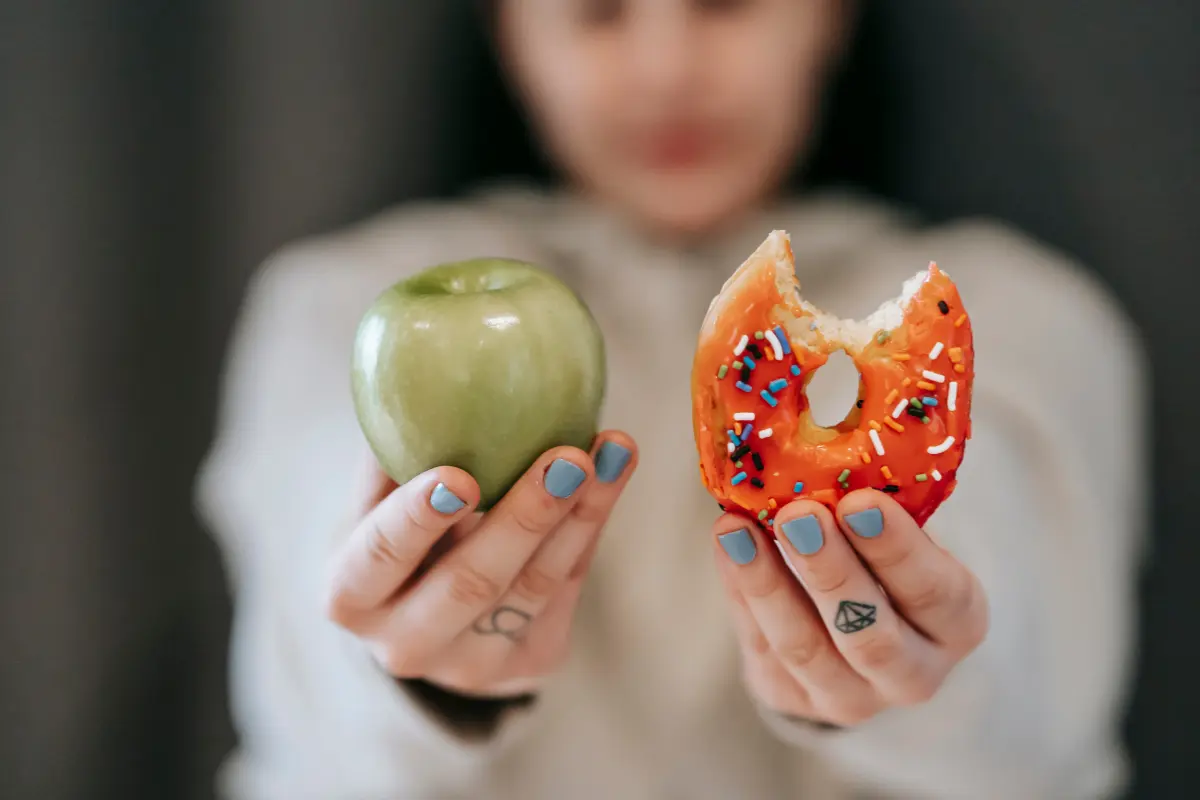
Should I weigh my food before cooking? Does frozen food weigh more? How important is it to hit your macros anyway? If you have asked yourself these questions, or maybe typed them into Google (guilty!), you are not alone. It can be hard enough to decide what to make for dinner for the week, let alone knowing when or how to weigh it!
Working Against Gravity 1:1 nutrition coaches know that flexibility and individuality make all the difference to whether or not a nutrition plan is successful. Because of this, weighing and tracking food can look different from one person to another.
Maybe your performance goals dictate weighing and tracking all your food. Or maybe intuitive eating better fits your lifestyle. Before we can answer questions like, “Should I weigh chicken before or after cooking?”, we need to touch on some of the basics.
Counting Macros for Weight Loss
First, let’s talk about tracking macros for weight loss. The foods you eat are made up of macronutrients (proteins, carbohydrates, fats), and each macronutrient is made up of calories.
Counting macros not only tells you your total caloric intake but also helps you identify where your calories are coming from. This ensures that you are eating a balance of protein, fat, and carbohydrates that best serves your goals.
Advertisement
Keeping track of or counting your macros gives you the opportunity to build consistency, learn what works for your body and make knowledgeable changes when you are not seeing the weight loss, muscle gain and/or performance results that you want.
WAG Nutrition Coaches help guide you to build consistency and figure out the macros that work best for you!
Weighing and Tracking Your Food
Now let’s talk about how to track macros. First, though, what do we mean by tracking your food?
Tracking means logging what you eat whether it be in a journal, on a whiteboard in your kitchen, or on a phone app (more on this below!). To accurately track your food, you need to know the amount of each macronutrient you are eating. The amount is important because each macronutrient provides the body with a particular number of calories per gram.

Advertisement
There are four calories per gram of carbohydrates and protein. There are nine calories per gram of dietary fat. At WAG, we generally consider being “consistent” with macros landing anywhere within 5g of prescribed protein/carb targets and within 2g of a prescribed fat target.
How Do You Know How Much You’re Eating?
The serving size and macronutrient breakdown of packaged foods can be found on the nutrition label. If you eat the serving size listed, you know you’re consuming the macro amounts listed.

You’ll notice that the serving size is in both weight and cup/spoons. We’ll tackle whether or not you should weigh your food or use the cup/spoon measurements below. But first, let’s go into more detail about each.
How to Use a Food Scale
Using a food scale can feel like a major barrier to tracking macros when you get started. We get it, it is just another thing to figure out in an already never-ending to-do list. After this, hopefully, you can cross off “how to weigh food for macros” from your list.
Advertisement
Let’s simplify this with an example: How does a bowl of Greek yogurt and granola sound?
- Turn on your scale and ensure it is set to measure in grams (in this example, both the yogurt and granola serving sizes are listed in grams on the label.
- Place your empty bowl on the scale and press the button on your scale that clears or zeroes the weight of the bowl (you will know you have done this successfully once the weight on the screen reads 0.00g)
- Check the serving size for your yogurt. In this example, a serving of Greek yogurt is 170 grams. Spoon yogurt into your bowl until the screen reads 170g
- Before you add the granola, you need to zero your scale again
- Check your granola’s serving size. In this example, 60 grams makes a serving
- Spoon our granola into the bowl until the screen on the scale reads 60g
- Congrats! That’s it, you just used a food scale to weigh your snack
This is just to get you started but there are plenty of other beginner’s tips for counting macros in this video.
A Few More Tips for Using a Food Scale:
- Whenever you use your scale, practice guessing the weight yourself first. This will help you get better at estimating so you can be more confident when making food selections at restaurants or at parties when you don’t have your scale handy.
- If you’re eating a whole food (ex: chicken) that doesn’t have a nutrition label, you can use a nutrition tracking app or websites like CalorieKing or the USDA Food Database to help find the correct measurements and macros for your food.
- If you’re tracking macros, you may need to play around with your serving sizes based on your nutritional needs. You can eat more or less than what is “recommended” on the label. A food tracking app will help you quickly and easily do the math as you adjust your serving sizes.
Should I Use Cups and Spoons to Measure My Food?
While a food scale measures the weight of foods using grams and ounces, cups and spoons measure the volume of food or how much space the food takes up. Remember, the weight of foods (grams and ounces) accurately represents intake more than using cups and spoons.
Here’s why…
Advertisement
Let’s break down the peanut butter example in more detail. The serving size listed on the jar is 33 grams (2 tablespoons). If you use a scale and weigh 33 grams of peanut butter, you know you consume the exact 190 calories per serving noted on the nutrition label.
If you measure the peanut butter with a tablespoon, there is a chance that you consume more or less than the serving size. This may not seem like a big deal, but let’s say your 2 tablespoons of peanut butter actually weighs 36 grams instead of 33.
This means that you are consuming about 18.5 more calories than what is listed on the label. If you eat peanut butter every day of the week, that is about 130 calories that you did not account for in your tracking! It adds up fast if you do that with many foods throughout the day.
That said, remember that the best way to track your food is the way that works for you. WAG Nutrition Coaches are great at helping you figure this out, but we’ll tackle this below as well, so keep reading.
No matter how you measure your food, you need a way to keep track of it to remember what you ate and make needed adjustments. The most popular method for food tracking is a phone app.
Advertisement
The Best Apps for Nutrition Tracking
At WAG Nutrition, we think the best apps for nutrition tracking are MyFitnessPal and MacrosFirst.
These food tracking apps have features like barcode scanners for packaged foods with nutrition labels and a database of existing food items for you to choose from. You search, select, and go! If you can’t find the food you are looking for, you can add an item yourself and save it for later, so you do not have to search for or create it again.
These apps also allow you to save entire meals for quick access. This means you only have to do the work (measuring and inputting) once. You can copy and paste a meal or all meals and snacks from one day to another. This is a huge time saver, especially for those who eat the same thing each day or even those who rotate through just a few different meal options.
Like anything, there is a learning curve and some work on the front end when you start using these nutrition tracking apps, but it saves you time in the long run and makes logging your food super easy.
MyFitnessPal and MacrosFirst sync with our nutrition coaching app, Seismic. We house all our client communication and data history/tracking here. This means that your nutrition coach can access your daily food logs and give you personalized feedback and suggestions!
Advertisement
How to Weigh Your Food Raw
Weighing your food for macros is a two-step process when that food is raw. In this case, you need to weigh before and after you cook it. First, we will talk about how to weigh your food raw.
Let’s say you make a bulk chicken and vegetable soup recipe for meal prep this week. You need to weigh each soup ingredient separately and determine its macronutrient value. This means weighing the raw chicken, broth, caloric seasonings, and each raw vegetable that goes into your soup individually.
Remember those handy apps we just talked about? They are a lifesaver for bulk recipes. You can create a new recipe in MyFitnessPal or MacrosFirst and then add each ingredient and amount to that recipe. The app will do the math for you and you’ll end up with the total macros for the entire cooked recipe.
Wondering if you should weigh your meat before or after cooking? If you’re just bulk cooking meat, you can use the same recipe feature in MacrosFirst or MyFitnessPal. Log the raw weight as an ingredient along with any seasonings or fats you cooked with, take the final weight after cooking, then let the app do the math for you.
How to Weigh Your Food Cooked
If you are eating cooked leftovers from a recipe you have already created, you can use the steps above.
Advertisement
If you’re weighing a cooked food you didn’t personally cook, all you have to do is make sure that the entry you search for in your food tracking app matches how it was cooked.
For example, if you’re at a restaurant and need to log 100g of grilled salmon, search for “grilled salmon” in your tracker and find an accurate entry (you can cross-reference ahead with the USDA Database!). If you’re eating steamed broccoli, search for “steamed broccoli,” etc…
Should I Weigh My Food Before or After Cooking?
A food’s weight changes when cooked because water is either evaporated or absorbed. Common examples are meats, oats, rice, and frozen fruits. Because of this, it is the “most accurate” way to use the raw weight and the recipe function to do the conversions based on your cooking method and time.
That being said, there usually isn’t that big of a difference and whether you weigh your food before or after cooking depends on your goals and where you are in your journey.
If you need to be more dialed in for a specific reason you may need to measure food raw and use a food scale. If you are new to tracking, do not have a need to be super strict, or are transitioning to intuitive eating, you can be more flexible with when and how you measure foods.
Advertisement
Who Needs to Measure Their Food Raw?
Here are some reasons you may need to be more precise with your tracking. This can look like measuring your food raw and making sure to use the weight vs. cups and spoons:
- You are an Olympic weightlifter and need to make a certain weight class in a limited amount of time
- You have a time-bound goal such as looking and feeling good for your wedding or a beach vacation
- You are a competitive athlete looking to improve recovery and peak your performance at a certain time
- You have very specific body composition goals and you want to reach them ASAP.
Who Can Measure Their Food Cooked?
If you don’t fit into one of the categories above, chances are you can measure your food cooked now and then and can use cups/spoons more often. This could be because:
- You are new to nutrition and have just begun to learn and practice the basics
- Incorporating a scale into your kitchen routine is enough for now!
- You have less strict goals for nutrition like “I want to eat more protein each day” or “I want to feel good in the gym.”
- You practice intuitive eating. You have been there and done that (successfully!) with tracking and want to apply what you learned from listening to your body.
- You have reached your health and performance goals and are focused more on maintenance.
- You are on vacation and want to hold yourself accountable without being super precise.
If you are weighing and tracking your food for the first time and are overwhelmed, we hear you! If you have been tracking your macros for a while but are adjusting to a more dialed-in approach to dieting (or, want to lean into more flexibility), we hear you, too.
Why ask Google, “Do you weigh rice before or after cooking?” when you can join WAG Nutrition and work with a 1:1 coach who can answer all your weighing and tracking questions based on your unique goals, lifestyle, and needs? We’d love to have you!
Schedule a Free Intro Call
Working Against Gravity has led the macro tracking and health space for over a decade. Our team doesn’t just understand the science of nutrition—we’ve spent years mastering the art of tailoring it to fit your life. That means no cookie-cutter plans, just real strategies that have worked for over 30,000 people.
Schedule a free call with our team to learn how working with a 1-on-1 WAG coach will help you reach your goals.



